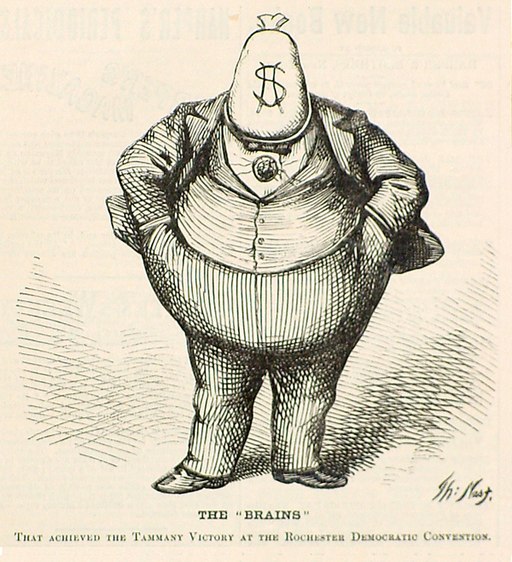
On August 24, the Biden administration finally announced what pretty much everyone (including me) had been predicting for months: A new round of “student loan forgiveness” and an extension to the COVID-19-justified “payment pause.”
Quick details of the current plan: More than 40 million borrowers will receive some relief. About 20 million will have their debt completely forgiven. Individuals who earn less than $125,000 per year (or couples earning up to $250,000) will have up to $10,000 taken off their tabs. Lower-income individuals who qualified for Pell Grants are eligible for double that amount.
While the details are new, the timing was never much in doubt, because helping out existing student borrowers is the effect, not the intent, of the plan. The intent is to motivate 40 million voters (and their parents, spouses, and children) to vote for Democrats less than three months from now in the midterm congressional elections.
Similarly, the intent behind Republican howling over the measure is to motivate everyone who feels ripped off because they didn’t borrow money for college, or paid that debt off without such assistance, but who will be taxed to cover the check for Biden’s generosity, to vote Republican.
My guess is that the Democrats have the upper hand here: The beneficiaries are going to be very happy; taxpayers in general are barely going to notice in the long term, and probably not get nearly as up in arms as the GOP hopes they will in the short term.
The total amount involved (in this round, anyway) comes to “only” $329.1 billion over ten years according to the Penn Wharton Budget Model.
Yes, that sounds like a lot of money, and it is.
On the other hand, it’s less than half (again, spread over ten years) as much as each of us gets ripped off for every year, year in and year out, for a supposed “national defense” that consists largely of writing welfare checks to Raytheon, Boeing, and friends, and workfare checks to kids who go into uniform instead off to college.
Say what you will about some of the more seemingly useless courses of study: At least your average “gender studies” student probably isn’t torturing prisoners at Guantanamo Bay or murdering eight-year-old American girls in Yemen. So there’s that, anyway.
As someone whose tiny student debt was paid off long ago (I dropped out midway through my first semester of college and have paid cash for the credit hours I’ve slowly accrued since), the idea neither enthuses nor upsets me.
On the other hand, this “forgiveness” does nothing to address the underlying problems with the high costs of higher education. It’s just a Democratic Party vote-buying scheme that Republicans are hoping to use as a BOGO for their own base.
If our political class actually wanted to address the real problems, they’d get government out of the student lending business, and allow student debt to be discharged in bankruptcy on the same terms as other debt.
Unfortunately, solving problems is the opposite of what politics is about.
Thomas L. Knapp (Twitter: @thomaslknapp) is director and senior news analyst at the William Lloyd Garrison Center for Libertarian Advocacy Journalism (thegarrisoncenter.org). He lives and works in north central Florida.
PUBLICATION/CITATION HISTORY
